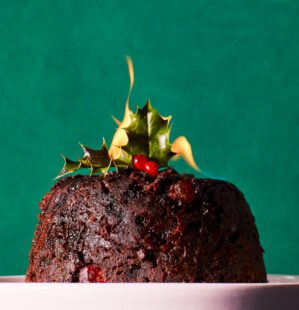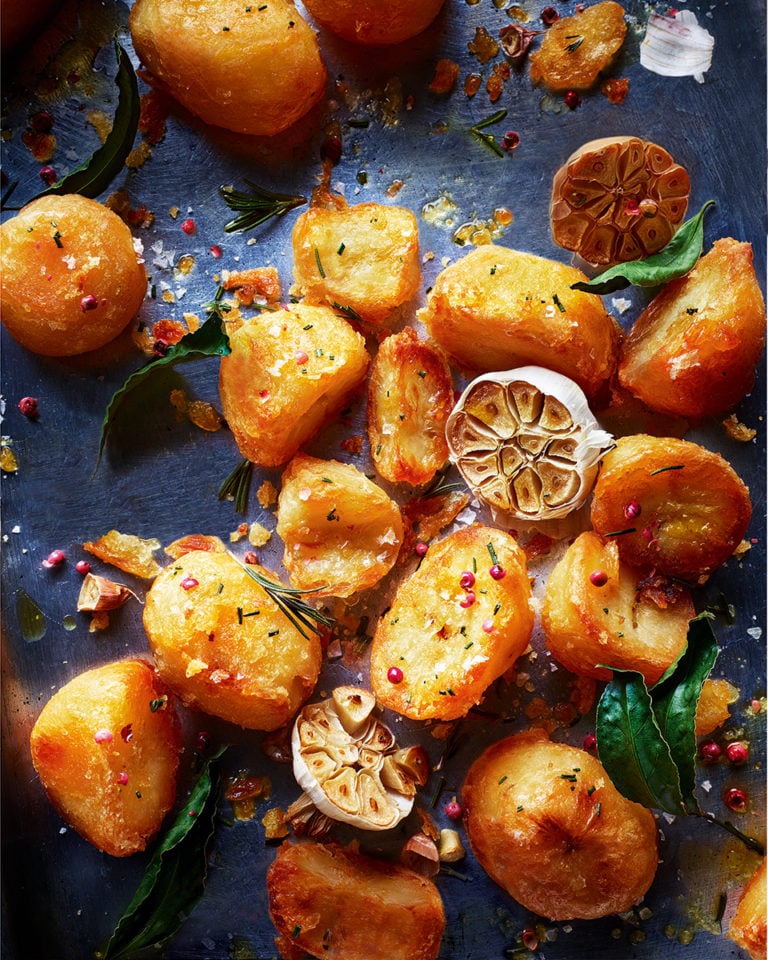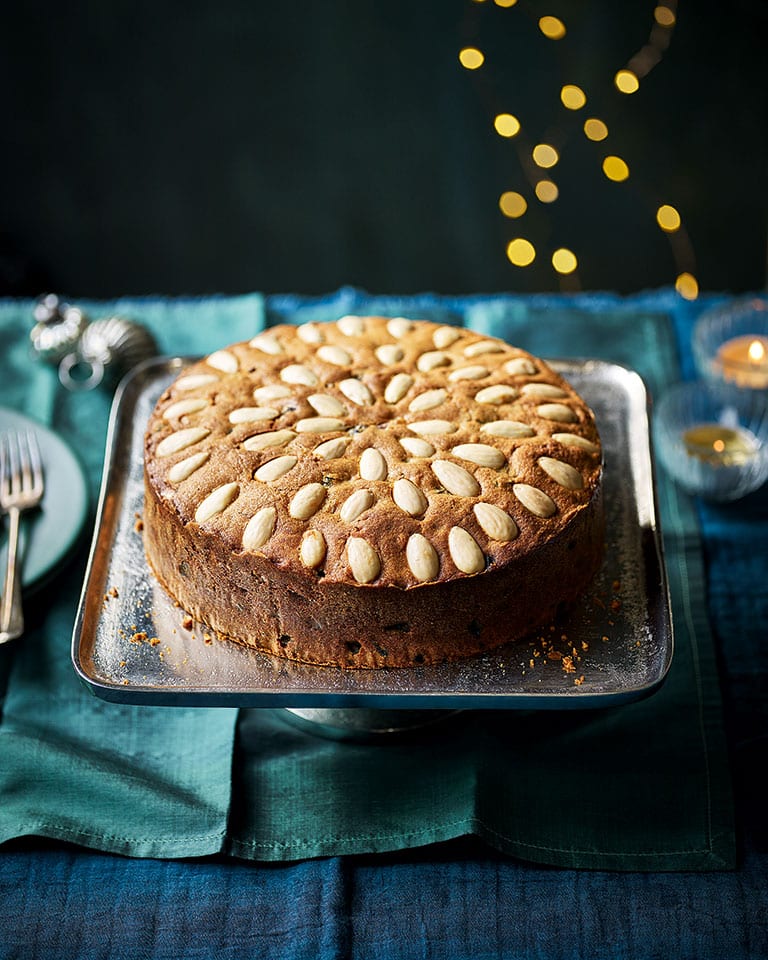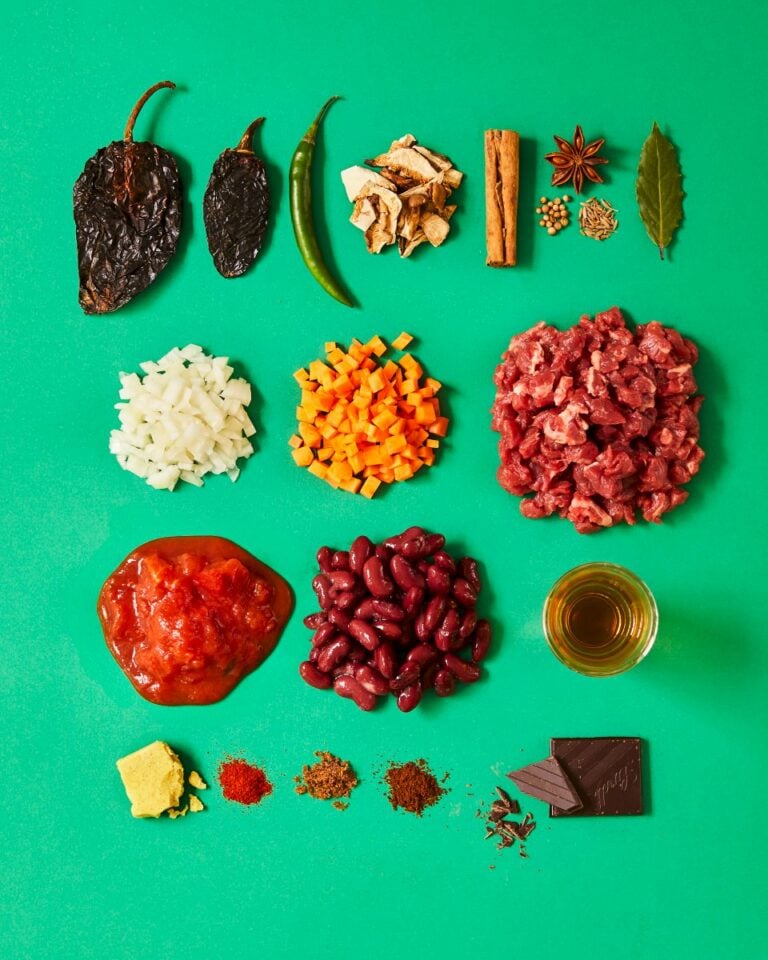Best of the best: how to make the ultimate Christmas pudding
Our best of the best series takes the view that if something’s worth doing, it’s worth doing right. Each month we take a deep-dive into a classic dish, delving into the processes and analysing why it tastes so good, then we’ll give you our ultimate recipe. This month: Pollyanna Coupland on her granny’s figgy pudding, ready for Stir-Up Sunday on 26 November.
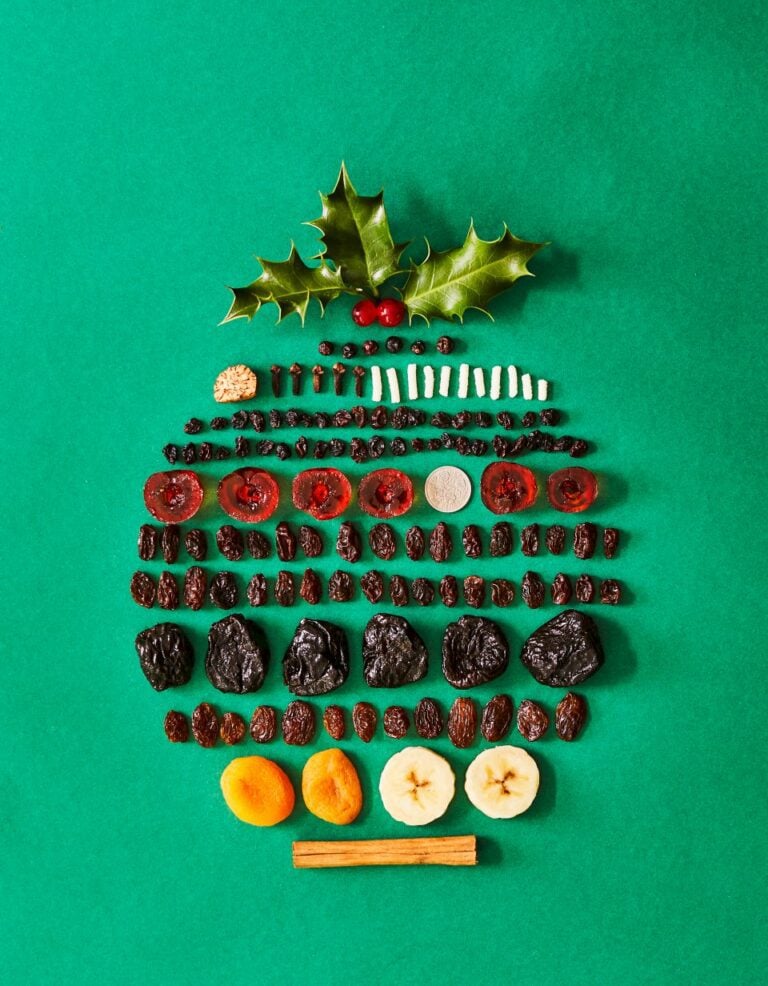
Love it or hate it, Christmas pudding is the stalwart sweet of British Christmas. I suspect there are more haters than lovers these days (sadly), but figgy pudding fans embrace its dark rich density with gusto. We only get to eat it once a year and there’s no denying its intensely festive flavour, so even if you’ve turned your nose up at shop-bought offerings in the past, I hope I can convince you to give making it yourself a go.
Christmas puddings have been around since at least the 14th century, when they were known as ‘frumenty’ (actually more like a spiced porridge). By the 17th century the dish had evolved into ‘plum pudding’ (plums being raisins back then) and, come the 19th century, the Victorians – thanks in large part to Charles Dickens – made the pudding a key part of Christmas.
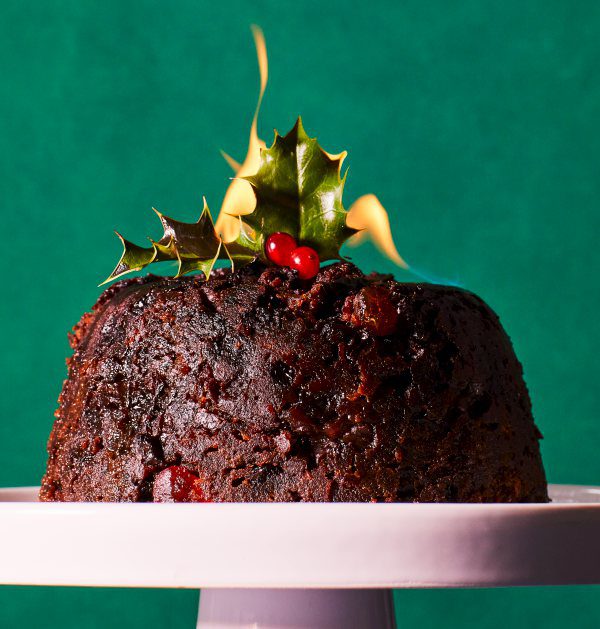
Along with this came religious significance: traditionally made with 13 ingredients, the pudding is said to represent Jesus and his 12 disciples, with the decorative holly symbolising the crown of thorns and the flames symbolising Christ’s passion. The Victorians also founded the custom of hiding a sixpence in the pudding mixture before it was steamed. Whoever found it would gain good fortune in the year ahead – although the tradition of hiding something in the pud had been around for centuries. You’re supposed to make a wish while stirring the mixture with a wooden spoon (clockwise, or from east to west, as a nod to the Three Wise Men travelling to see baby Jesus). Okay, that wish is unlikely to come true, but you have to be in it to win it so it’s worth a go!
Why dried fruit, not fresh?
The benefits of using dried vs fresh fruit in baking is the deeper, comforting flavour they provide, along with a chewy fudginess. Removing moisture from fruit via dehydration not only intensifies a fruit’s flavour, it also reduces its size, meaning you can cram in more fruit per cubic centimetre – hence the pudding’s iconic richness and density. Plus dried fruit keeps for longer.
Choose your fruit
There’s lots of dried fruit in the shops in the run-up to Christmas and, for the trad pudding, I always think the more the merrier. It’s important to have a good base of raisins, sultanas and currants, but don’t stop there. I add dried apricots for some tang and prunes for their gooey richness. Some people turn their noses up at sweeter-than-sweet glacé cherries, but I love their lurid colour and satisfyingly sugary texture, so they’re going in for me. If you’re dead set against the glacé, try a maraschino cherry – more natural in colour and texture.
Mixed peel is a classic Christmas ingredient (you may well have a half-used tub from last year in the back of your cupboard), but I prefer to leave it out of a Christmas pudding as the flavour, with bitter notes, can be overbearing. Instead, I’ve gone for the zest and juice of an orange, which adds just the right amount of freshness and acidity. Finally, some more modern recipes call for the addition of nuts, but I’m playing my traditionalist card here. For me, they disrupt that distinctive ‘stodgy’ texture of the pudding – which should be celebrated, not shunned!
Rehydrate!
The beauty of cooking with dried fruit is that you get to rehydrate them with a liquid of our own choosing (and one that’s much tastier than boring old water). A lot of recipes call for brandy, but seeing as you’ll be flaming it with that spirit later, I like to go with a brown ale. It has malty notes of caramel, banana and dried fruit, making it the perfect complement to the other ingredients. It also adds a bitter savouriness to counteract the natural sweetness of the fruit. Make sure you soak for the full 12 hours; the fruit should be pleasingly plump and bursting, with only a little (if any) liquid left in the bowl.
What is suet?
If you’re not familiar with it, beef suet is the fat surrounding a cow’s kidneys and is ideal for baking because it takes longer to melt than other fats such as butter or lard. It doesn’t sound like the natural inclusion to a sweet dish, but it’s ideal for dense steamed puddings as it creates a spongier, lighter texture. Beef suet is mellow in flavour (your pudding won’t taste beefy, don’t worry), yet adds a gentle savouriness that goes well with the ale. Vegetable suet is also available but often contains palm oil and lacks the same savoury depth; use it if you need a veggie pud but try to find one that’s ethically sourced.
The secret ingredient
My granny always added a mashed banana to her pudding – so I do too. There’s a reason for it, though: it acts as a natural binding agent and adds extra sweetness. As with when making banana bread, a brown-skinned banana is ideal – easier to mash and with more caramelly flavours.
Age it like a fine wine
Stir-up Sunday is the official day to make your pudding – the last Sunday of November. While the date has religious significance (it’s the last Sunday before Advent), it also has tasty significance in that it gives the pud time to mature. Once it has been ‘stirred up’ by everyone in the family (don’t forget to make a wish), then steamed, the pudding needs to be left to age in a cool, dark place. As it matures, many compounds in the pudding begin to break down, releasing new flavour compounds, which give off sweet and fruity aromas. If you’re really organised, you can even make your pudding a year ahead for a true vintage finish.
To finish…
I’m a big fan of a condiment with one specific use. Some prefer custard or ice cream with their pud but when else is it socially accepted to eat heaps of sugary boozy butter? Brandy butter it is, then.
Subscribe to our magazine
Food stories, skills and tested recipes, straight to your door... Enjoy 5 issues for just £5 with our special introductory offer.
Subscribe
Unleash your inner chef
Looking for inspiration? Receive the latest recipes with our newsletter
